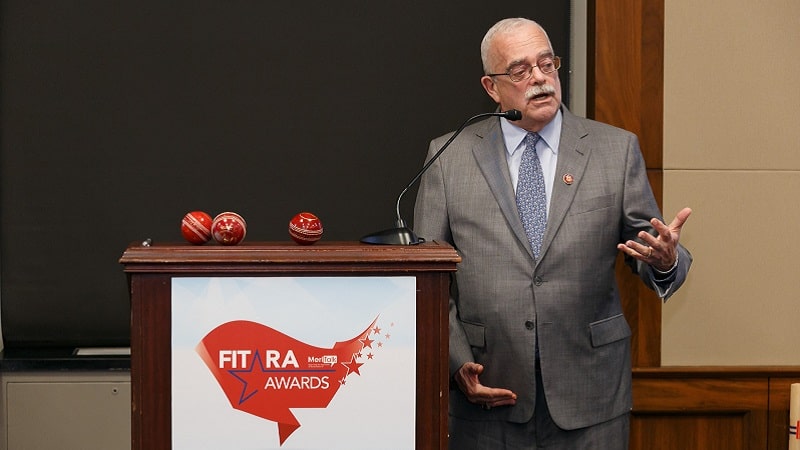
Tasked with distributing stimulus checks during the pandemic, the Internal Revenue Service (IRS) has been hobbled by decades of insufficient funding and legacy IT causing agencywide inefficiencies at a time when Americans rely heavily on the agency’s services. Rep. Gerry Connolly, D-Va., an official from the Government Accountability Office, and the IRS commissioner all agreed today that sustained modernization funding is necessary to bring the agency up to date and meet mission critical objectives.
According to House Government Operations Subcommittee Chairman Connolly’s October 7 testimony at a subcommittee hearing today, three quarters of active IRS systems run on outdated, legacy IT. Due to decades of budget cuts, IRS has been forced to gut its workforce and shut down core operations during the pandemic, including critical IT investments, he said.
“Years of IT system neglect and the failure to modernize legacy systems that date back to the Kennedy administration in some cases prevented IRS from effectively transitioning to virtual operations,” Connolly said at a hearing on IRS in the pandemic.
Subcommittee Ranking Member Rep. Jody Hice, R-Ga., added that the lack of IT modernization is “inexcusable” as IRS faces unnecessary hurdles due to outdated tech. “Without modern technology systems that can meet modern day challenges,” he said, “our agency missions are at risk and taxpayer resources will continue to be spent on archaic and inefficient technology systems of ages past.”
As of an August report by the Treasury Inspector General for Tax Administration (TIGTA), IRS lacks specific or long-term plans to modernize or retire most of its IT legacy systems. Of the 381 systems that TIGTA was able to audit, 231 (nearly 61 percent) were deemed legacy IT.
IRS Commissioner Charles Rettig and Director of IT and Cybersecurity at the Government Accountability Office (GAO) Vijay D’Souza recognized at today’s hearing that the lack of modernization was a problem for the agency, and recommended sustained funding efforts to help IRS improve.
“We depend on consistent multi-year funding to deliver top quality services to our taxpayers,” Rettig said of his agency, “to protect the health and safety of our employees, to conduct enforcement initiatives, to provide guidance, and to support badly needed long-term modernization efforts.”
Per D’Souza, effective IT is “essential” to IRS functions, especially during pandemic-related efforts such as the distribution of stimulus checks to eligible Americans. He urged sustained, multi-year funding – alongside other GAO recommendations – to help IRS better serve the public.
“Every aspect of IT, including cybersecurity, operations, and modernization efforts, is critical to IRS’s mission and service to the American taxpayer,” D’Souza said. “Going forward, continued attention to the issues we have identified is important to IRS’s ability to meet the challenges it faces.”
IRS received $250 million in the CARES Act to support taxpayer services during the pandemic. In August, House Majority Leader Steny Hoyer, D-Md., proposed funding $2 billion in IRS IT modernization through a boost to the Technology Modernization Fund.
